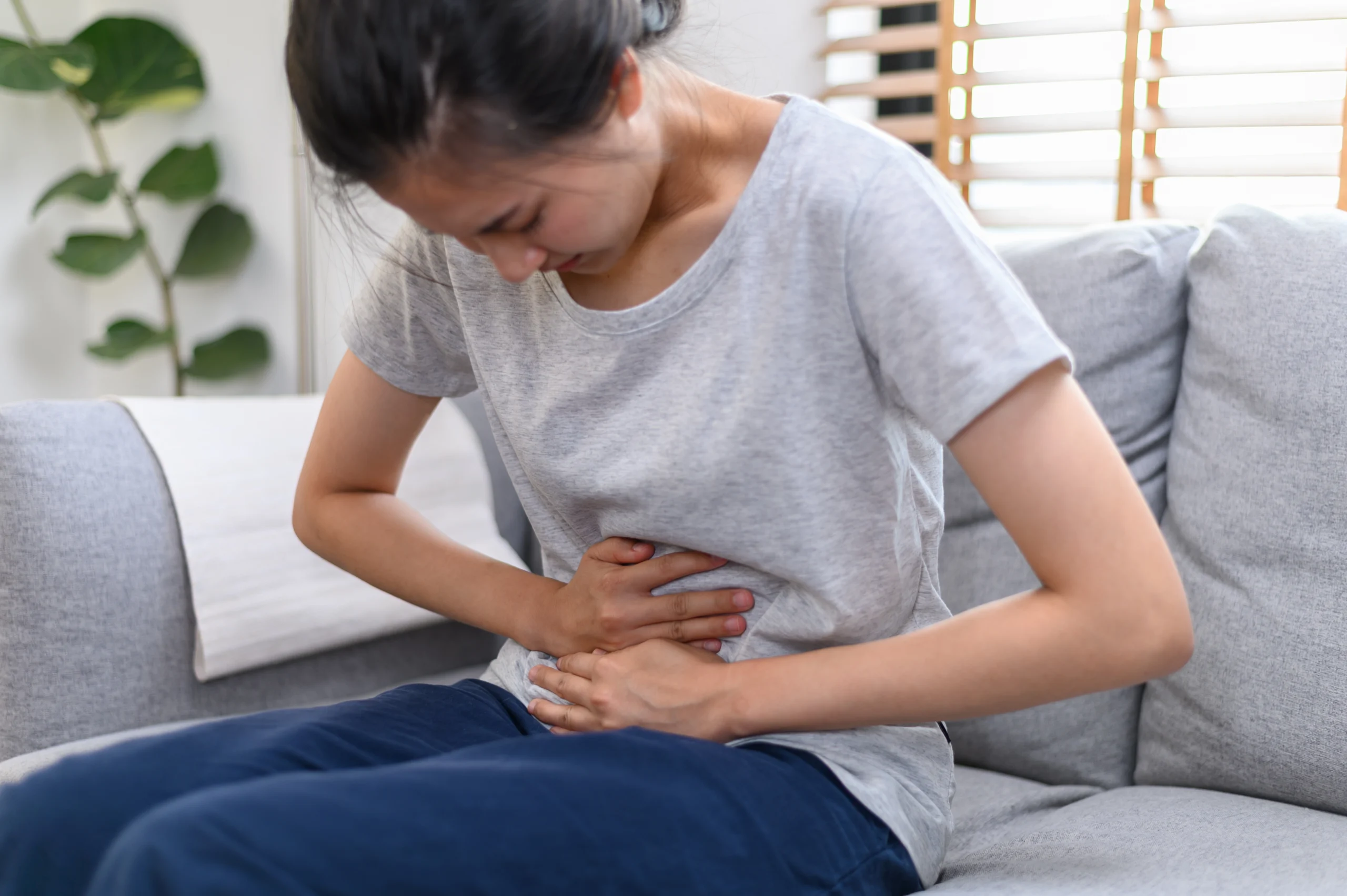
How to Rule Out Other Causes
Menstrual pain is common — but not all period pain is the same. If you experience intense cramps or symptoms that don’t respond to typical treatments, it’s important to ask: Is this primary dysmenorrhoea, or something else?
This article helps you understand what makes pain “normal” and when it might be linked to another medical condition that requires further evaluation.
What Is Primary Dysmenorrhoea?
Primary dysmenorrhoea refers to painful menstruation that occurs without an underlying condition. It usually begins:
- Within 1–2 years of the first period (menarche).
- During the teens or early twenties.
- Around the start of menstruation each month.
Pain is caused by prostaglandins — chemicals that make the uterus contract to shed its lining. While uncomfortable, primary dysmenorrhoea tends to follow a predictable pattern and responds well to treatments like NSAIDs or heat.
Red Flags That Suggest Another Cause
If your pain shows any of the following patterns, it may be secondary dysmenorrhoea — period pain caused by an underlying issue such as endometriosis, adenomyosis, fibroids, or pelvic inflammatory disease (PID).
Warning signs include:
- Pain that starts mid-cycle or lasts longer than 3 days.
- Progressively worsening cramps over months or years.
- Pain during sex, urination, or bowel movements.
- Heavy, irregular, or prolonged bleeding.
- Pelvic pain outside of menstruation.
- No relief from standard treatments (e.g. ibuprofen).
- Period pain that begins after age 25.
If any of these apply to you, it’s time to speak with a GP.
Conditions That Can Mimic Primary Dysmenorrhoea
| Condition | Distinguishing Features |
| Endometriosis | Pain with periods, sex, or bowel movements; infertility; family history |
| Adenomyosis | Enlarged, tender uterus; heavy bleeding; worsening pain over time |
| Fibroids | Heavy or prolonged periods; pelvic pressure or fullness |
| Pelvic Inflammatory Disease (PID) | Pain with fever, abnormal discharge, pain during sex |
| Irritable Bowel Syndrome (IBS) | Bloating, diarrhoea or constipation, worsens with certain foods |
These conditions require medical evaluation and often imaging (e.g. ultrasound) or referral to a gynaecologist.
What Does a Typical Case of Primary Dysmenorrhoea Look Like?
- Pain begins just before or at the start of your period.
- Lasts 1–3 days and eases over time.
- Accompanied by nausea, fatigue, or diarrhoea.
- Occurs each month in a similar pattern.
- Responds well to NSAIDs, heat, or hormonal birth control.
- Periods are otherwise regular and without unusual bleeding.
How Is It Diagnosed?
If symptoms are typical, your GP may diagnose primary dysmenorrhoea based on:
- Your menstrual history.
- Symptom patterns.
- Response to medication.
No scans or internal exams are usually needed unless symptoms are severe or unusual.
If further testing is required, the following may be used:
- Pelvic ultrasound (to check for fibroids or ovarian cysts).
- Blood tests (to rule out infection).
- Laparoscopy (a surgical procedure to detect endometriosis, a cause of secondary dysmenorrhea, if suspected).
What Should I Track Before Seeing a Doctor?
Keeping a symptom diary will help your GP assess your condition more accurately. Note:
- Start and end dates of your period.
- Severity of pain (0–10 scale).
- Other symptoms (e.g. headaches, diarrhoea).
- What helps (medications, rest, heat).
- Whether pain occurs between cycles.
Digital apps like Flo, Clue, or My Calendar can simplify tracking.
When to Seek Medical Advice
Speak with a GP or gynaecologist if:
- Your period pain disrupts school, work, or social life.
- You rely on high doses of medication.
- Symptoms worsen over time or feel different from usual.
Early evaluation can prevent long-term complications, especially for conditions like endometriosis that are often diagnosed late.
Summary
Primary dysmenorrhoea is common — but that doesn’t mean all period pain is harmless or manageable on your own. If your symptoms don’t follow the typical pattern or are getting worse, you may be dealing with something more complex.
The sooner you ask, the sooner you’ll get answers — and relief.
References
[1] French L. Dysmenorrhoea. Am Fam Physician. https://www.aafp.org/pubs/afp/issues/2005/0101/p285.html
[2] ACOG Committee Opinion No. 760: Dysmenorrhea and Endometriosis in the Adolescent. Obstet Gynecol. https://www.acog.org/clinical/clinical-guidance/committee-opinion/articles/2018/05/dysmenorrhea-and-endometriosis-in-the-adolescent
LTF Editorial Team
The Love to Feel editorial team is a collective of passionate health writers, researchers, and lived-experience advocates dedicated to shining a light on endometriosis, dysmenorrhea, and everything that comes with them. We dive deep into the latest science, decode complex medical jargon, and center real stories to create content that informs, empowers, and supports. From expert-led guides and lived-experience features to practical tips, interviews, and myth-busting explainers, we’re here to help you navigate the messy, painful, and often misunderstood world of chronic pelvic pain and menstrual health—with empathy, accuracy, and a drive for change.